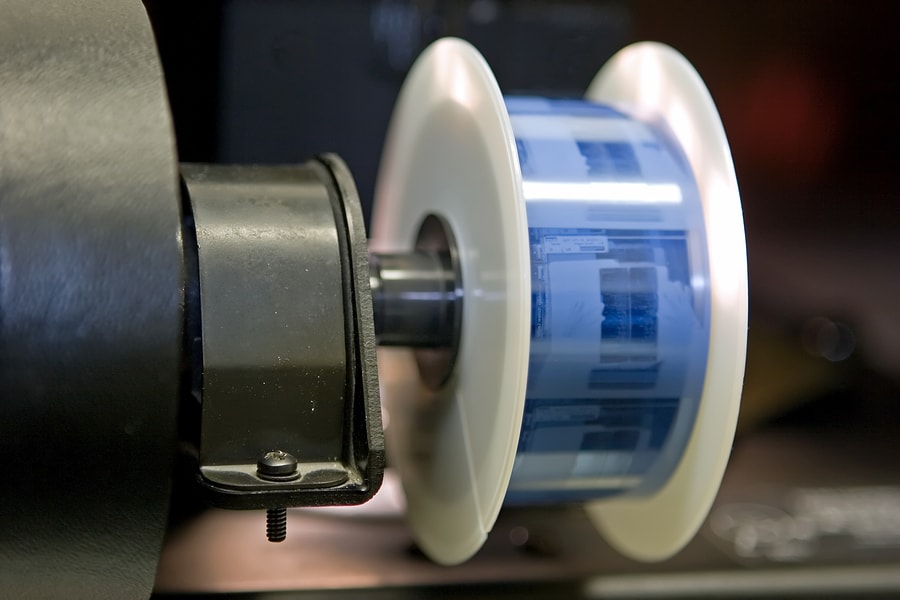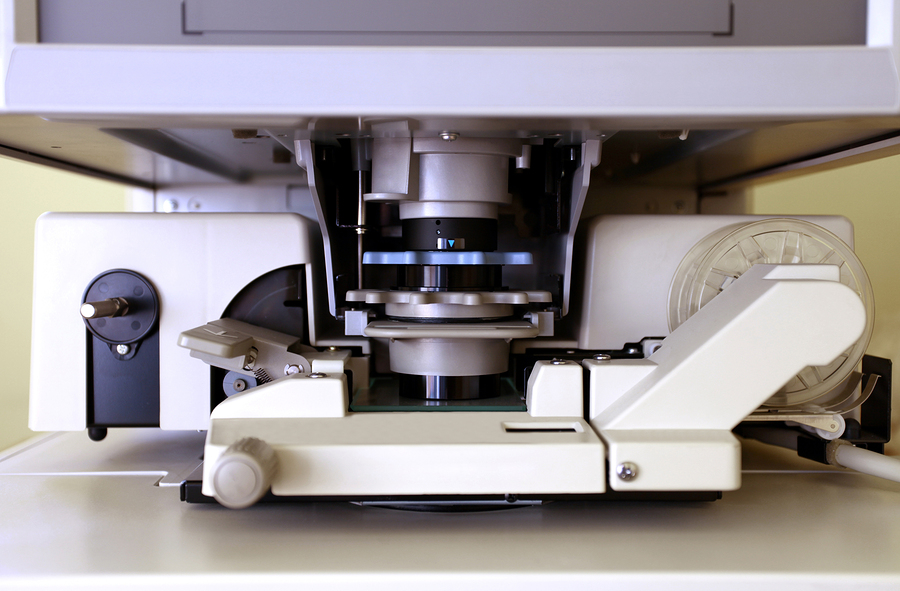
Microfilm has been an effective way to store significant amounts of information in a small space. It’s been a favorite of libraries, corporations, and other organizations needing to reduce or limit their storage space. While microfilm is excellent for its purpose, it has the drawback of having a limited lifespan and being subject to scratches and wear that can destroy stored information. Thankfully, a simple and effective solution can further reduce your storage space. Microfilm can be converted to a digital format with just a few simple steps and the help of a professional conversion team. Taking this step ensures that your important information is saved and protected from damage.
What Is Microfilm and How Is It Different From Microfiche?
Most people have heard the term microfiche, while microfilm is less commonly known. Both types of microstorage can be read using the same device, but they are different mediums. Microfilm stores information using a series of photographs and images on actual film. Stored data is, in essence, a second-generation copy that stores the same information in a significantly smaller space. A single banker’s box can hold approximately 2,500 pages in a 10 “x 12″ x 15″ space. A single 4″ x 4″ x 1/2” microfilm roll can store the same number of pages. These rolls look very similar to a film reel.
Microfiche comes in sheets rather than rolls, and each sheet holds fewer images. While these sheets come in different sizes, the most common can hold approximately 60 images and is known as a jacket fiche. A small strip known as the title strip indicates what’s on each sheet. For instance, a microfiche of archived invoices could have the customer name, the year, customer ID, and individual images of invoices, payments, etc.
Why Is It Important To Digitize Your Microfilm?
Microfilm has been a reliable and consistently used storage method for many years, but they are notoriously at risk of being damaged or destroyed if stored properly. Further, special equipment is necessary to read these films, without which your essential information cannot be retrieved.
The Benefits Of Converting Microfilm To A Digital Format
Both of these mediums provide their own benefits and drawbacks, but they share one important facet: They will massively reduce the amount of space needed to store information. However, they also share the same drawback: their propensity to damage and information loss. Thankfully, they both can be converted into a digital format that will retain all your information and protect it from loss and damage moving forward. Further, digital conversion makes finding your information faster than either of these formats.
Accurate Information Retention
Both micro formats fade over time. Even perfect storage conditions don’t eliminate the incidental damage caused just by handling these formats. When you convert your document from micro to digital, all this information is perfectly preserved, and “handling” the document doesn’t impact its integrity. You can enhance the document’s sharpness, brightness, and other visual elements following conversion.
Improved Document Control
Nothing prevents unauthorized individuals from accessing microfilm and microfiche outside the storage space’s physical security. When you change them to a digital format, you can better control who has access to them. Password protection is just the first step. You can censor the contents of these documents based on who is accessing them to ensure sensitive information remains concealed. Further, the right document management system can provide limited access to folders or even different types of data.
Locating Data Is Faster
Once the microfilm or microfiche has been converted into a digital format, it becomes much easier to find what you’re looking for. Keywords can be included, the files are indexed, and you can do a comprehensive search for the specific image you need. Gone are hours of searching through boxes and individual microfiche for just the right document.
Instant Access
Like any physical document, there’s no such thing as instant access to these micro documents. They still have to be located, transported to the machine for viewing, and searched through to find what you need. Microdocuments are instantly accessible when stored in a digital format, turning hours of searching into a few seconds using the right keywords.
Reduction in Storage Space
When you eliminate the machines needed to view micro-documents and the storage space needed to retain them, you regain significant space. Whole rooms are dedicated to storing these micro-documents, which doesn’t account for the significant space for the machines. Digitizing these documents is a quick way to get back valuable square footage in your building.
Boosted Productivity
Eliminating the time required to find information on these micro-documents returns valuable work hours to your staff, time that can be spent getting other work done or servicing your customers.
More Cost-Effective
Those work hours also represent valuable payroll dollars spent on tasks that aren’t income-generating. You don’t have to maintain the proper environment for storing these documents. Excess heat and cold can damage them, representing significant expenses in air conditioning costs.
Peace of Mind
When you store these documents digitally and remotely, you don’t have to worry about natural disasters, fires, or theft destroying your valuable information. When stored with a third-party document management service provider, you’ll know your information is safe no matter what happens.
Things That Impact Scanning Microfilm or Michrofiche
Everything that comes with scanning your microfilm or microfiche into a digital format makes it the first, best, and only option for preserving that information.
- The Condition Of The Originals: The documents, once converted, will be safe from further damage. However, the damages that already exist cannot be undone. Further, they can interfere with the ability of OCR (Optical Character Recognition) to identify text on the documents.
- How Many Micro-Documents You Need To Convert: If you need to convert a large volume of these documents, a special high-speed scanner will be necessary. This is best achieved by skilled specialists familiar with the process, capable of coordinating the filing and classifying of the results and managing the time and costs associated with the project.
- Understand The Realities Of Your Budget: Determine which documents are the most essential to have converted and the budget you have available for the conversion process. You’re set if you have the finances to complete the task simultaneously. However, you may need to divide the cost into payments or determine what options your third-party record scanning service provider has available.
The Steps Involved In Digitizing Microfilm and Microfiche
Even when using a third-party service to convert your micro-documents, it’s important to understand the steps they will go through. This can help you understand the full benefits of using a professional team to handle this process.
- Selecting The Right Scanner – Before the digitization process can begin, it’s necessary to know what kind of micro-document is being converted. For instance, microfilm comes in 16mm and 35mm, while microfiche comes in a range of sheets. These require different machines with different settings to convert.
- Organizing The Material – The next step is organizing your material into the proper order. This ensures that it is converted correctly and stored properly.
- Scanning and Conversion – The scanning process can begin once your micro-documents have been properly organized. Each document will be scanned into a format of your choosing.
- Image Inspection – Once the conversion process is completed, your documents will be inspected thoroughly. Their quality will be determined, and any necessary rescans will be performed. This ensures that rescanning happens as quickly as possible, preventing them from being necessary later.
Why You Should Opt For Professional Scanning Services
Many companies make the mistake of attempting to handle the digitizing process without the assistance of a professional. The results are often costly regarding both financial and required work hours. Even renting the machines necessary can be expensive, and the training necessary to use them properly is as well.
Further, even with the proper training, multiple unexpected obstacles may occur during the process. These machines and the software that runs them are complex, requiring significant time to learn to use and master them. This results in valuable time being taken from your staff that would better be used productively for your business and its customers.
Record Nations’ network of professional specialists is available to help you convert your documents quickly and accurately. Contact us at (866) 385-3706 to discuss our options to help your organization benefit from recovered storage space, protected valuable records, and more.














